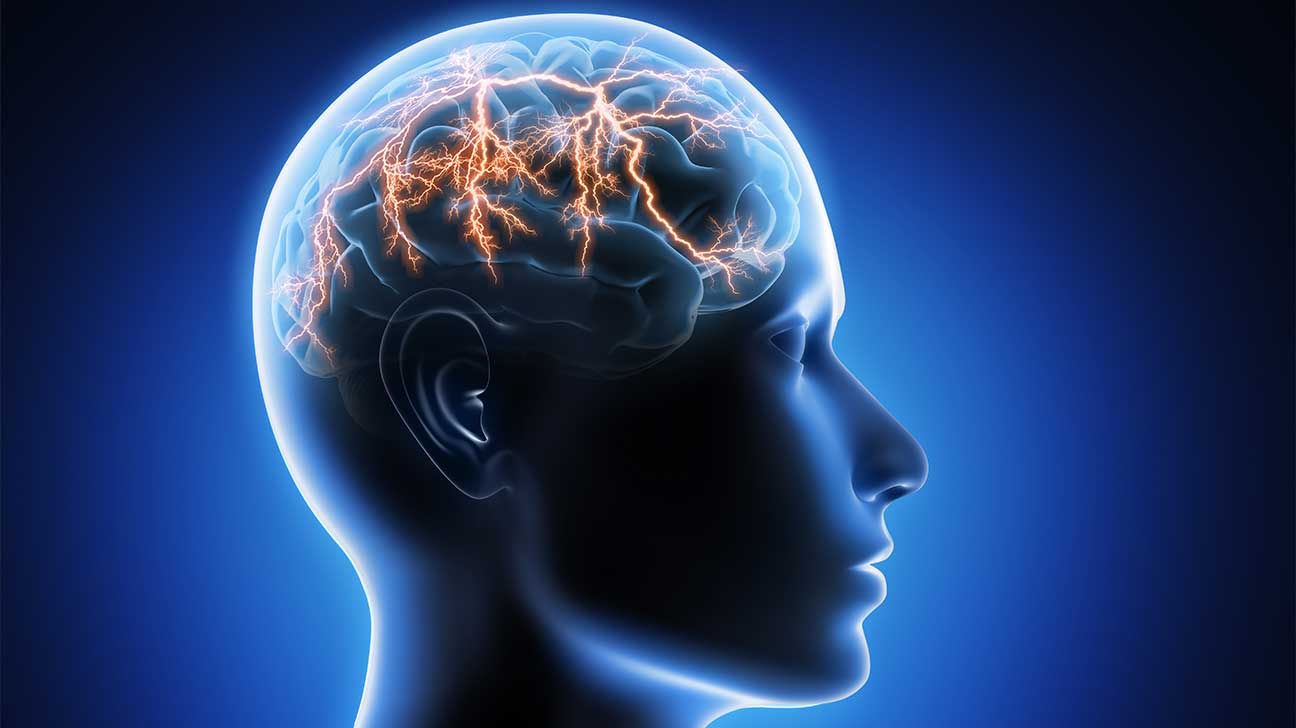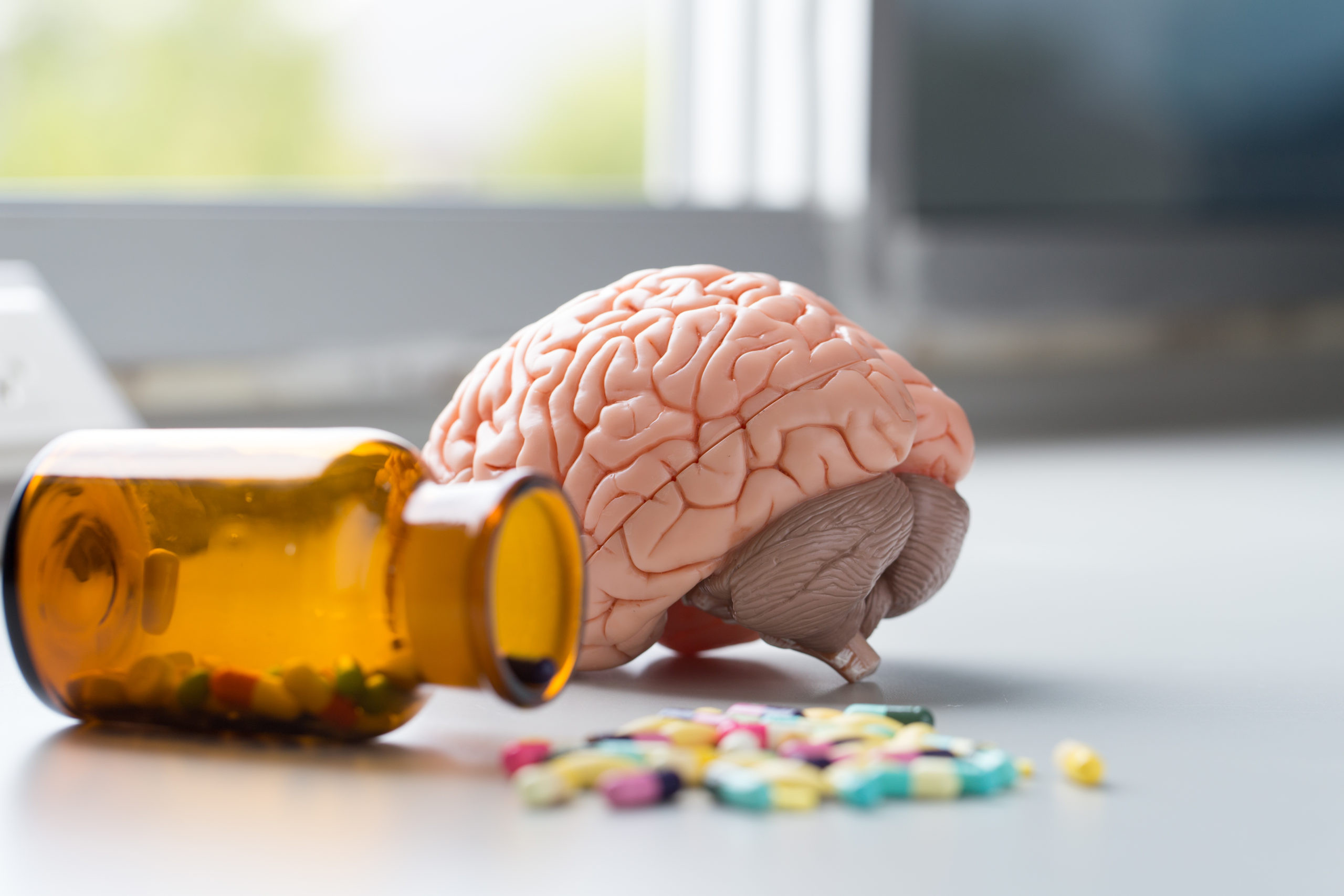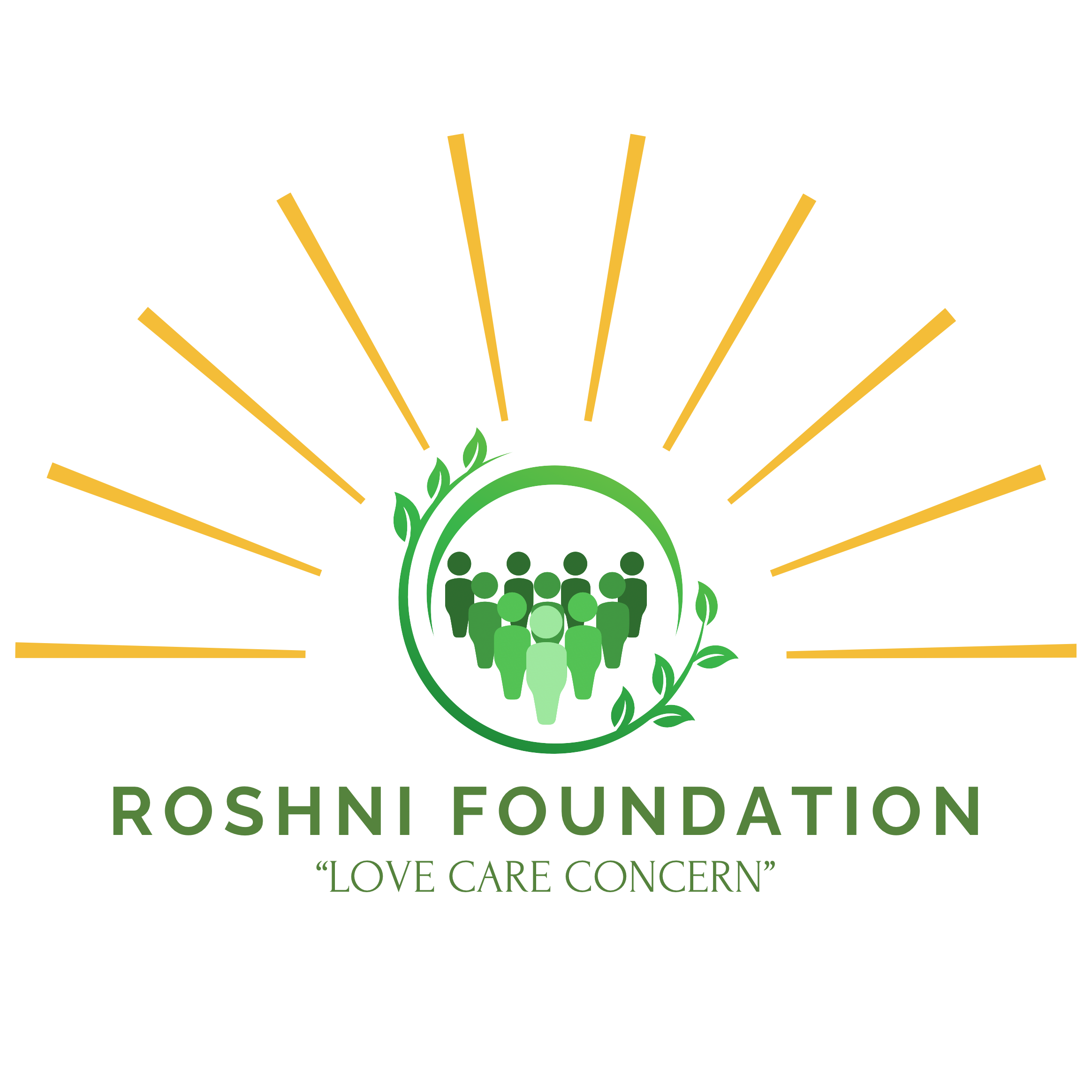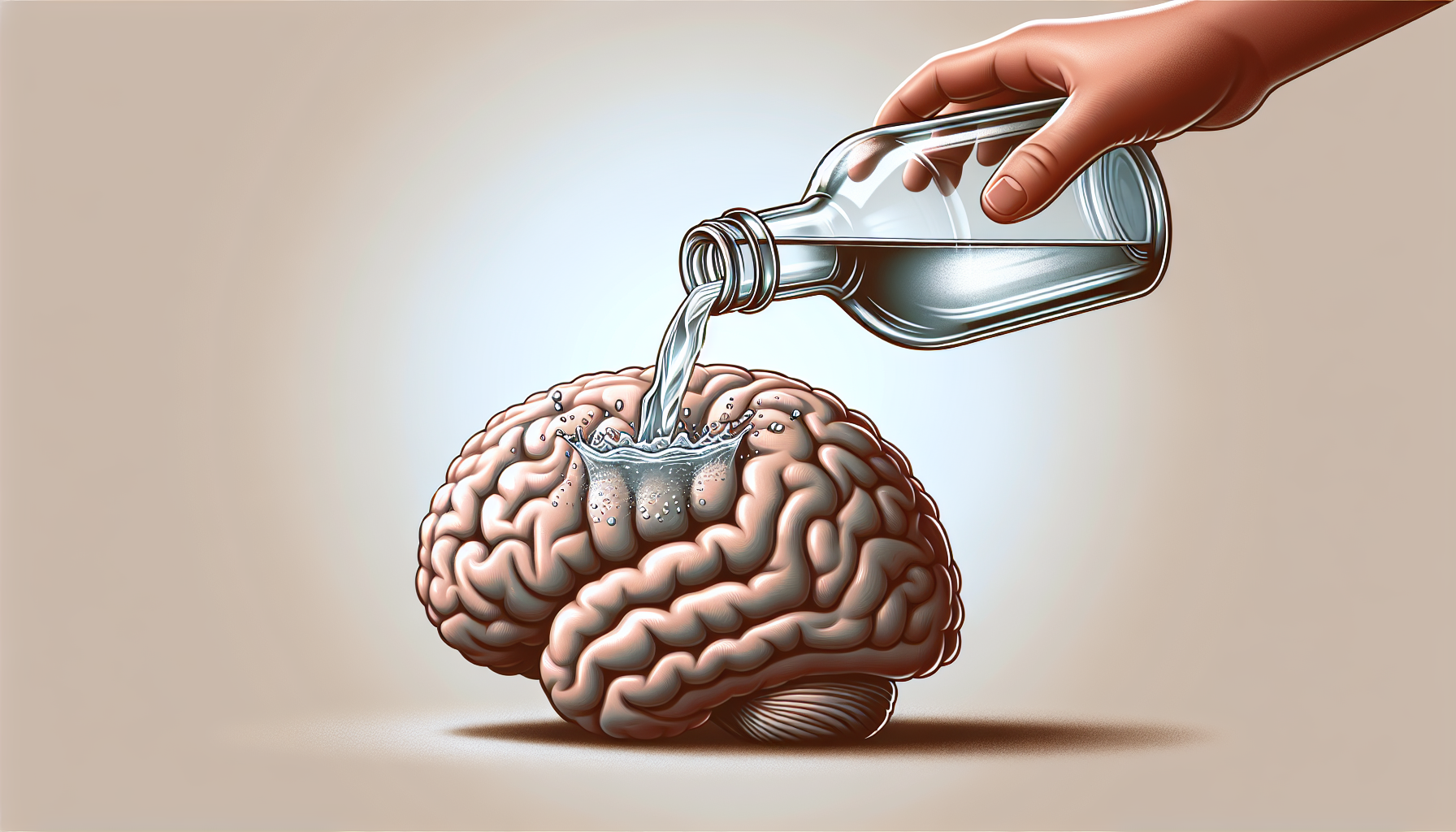Addiction is often misunderstood as a failure of willpower. In reality, it is a complex brain disorder influenced by neurological, psychological, and behavioural changes. This article dives deep into the scientific reality of drug and alcohol addiction in the brain, offering clarity for those seeking recovery and understanding.
In the early stages of addiction, changes in brain chemistry start subtly, making it harder for individuals to notice the shift. Over time, these changes influence judgment, impulse control, and decision-making. This is why seeking professional help early is vital. Organisations like Roshni Foundation have been instrumental in creating awareness and offering support through evidence-based care.
What is Really Happening in the Brain?
Drug and alcohol addiction in the brain is primarily a disorder of the reward system. Substances like cocaine, alcohol, heroin, and nicotine hijack the brain’s dopamine pathways—the very circuits responsible for pleasure, motivation, and learning.
When these substances are introduced, they flood the brain with dopamine, creating an artificial “high.” Over time, the brain adapts to these surges by reducing natural dopamine production or by weakening its receptors. This leads to tolerance, where more of the substance is needed to achieve the same effect, and eventually to dependence and addiction.
The Role of the Reward System and Dopamine
The mesolimbic dopamine system, also known as the brain’s reward pathway, is central to the experience of addiction. Under normal circumstances, this system reinforces life-sustaining behaviours like eating, social bonding, and reproduction.
However, during drug and alcohol addiction in the brain, this natural reinforcement system is overridden. The brain begins to associate substance use with survival, prioritising it above all else. This explains why addicted individuals may risk relationships, careers, and health to continue using.
Brain Regions Affected by Addiction
Different brain regions are affected by drug and alcohol addiction in the brain, including:
1. Prefrontal Cortex
Responsible for decision-making, judgment, and impulse control, the prefrontal cortex becomes impaired in addiction, making it harder to resist urges and make rational choices.
2. Amygdala
This region processes emotions like fear, stress, and anxiety. In addicted individuals, it becomes hyperactive, leading to heightened cravings and emotional instability during withdrawal.
3. Hippocampus
Involved in memory formation, the hippocampus reinforces patterns associated with substance use, making triggers (like people, places, or feelings) lead to relapse.
4. Basal Ganglia
This part of the brain governs habitual behaviour. During drug and alcohol addiction in the brain, it promotes compulsive usage, even when there’s no conscious desire.
Addiction and Brain Plasticity
The brain is malleable. Known as neuroplasticity, this ability to change its structure and function over time is key in both addiction and recovery. While drug and alcohol addiction in the brain damages communication circuits, recovery can gradually reverse many of these changes through therapy, medication, and lifestyle shifts.
Therapies like Cognitive Behavioural Therapy (CBT) (dofollow link) and mindfulness training have been proven to rewire neural circuits, supporting sustained sobriety.
How Cravings and Withdrawal Work
Cravings are intense urges driven by neurological triggers. When someone tries to stop using, the body and brain react to the absence of substances, creating symptoms like anxiety, irritability, depression, and physical discomfort. This is withdrawal.
These symptoms occur because the brain, now reliant on external stimulation, struggles to regain balance. This is why understanding drug and alcohol addiction in the brain is crucial—withdrawal isn’t weakness; it’s biology.
The Adolescent Brain and Addiction
Teenagers are at higher risk due to underdeveloped prefrontal cortices and stronger emotional brain activity. This combination results in impulsivity and poor decision-making. When adolescents engage in substance use, their brains—still in the formation stage—can be permanently altered.
Drug and alcohol addiction in the brain at a young age increases the likelihood of chronic dependency and other mental health issues later in life.
Genetics, Environment, and Mental Health
Addiction is not caused by a single factor. Genetics can make some individuals more vulnerable, while environmental triggers like trauma, peer pressure, and poor mental health increase susceptibility.
Dual diagnosis—when a person has both addiction and a mental health disorder—requires integrated treatment. This highlights the importance of treating drug and alcohol addiction in the brain with a holistic, multidisciplinary approach.
Recovery: Can the Brain Heal Itself?
Yes, recovery is possible, but it takes time and dedication. With consistent therapy, medication, social support, and lifestyle changes, the brain starts to rebuild and rewire. The plastic nature of the brain allows people to regain control, emotional stability, and purpose.
Understanding drug and alcohol addiction in the brain helps dismantle stigma and promotes compassionate, effective treatment strategies.
Conclusion
Addiction isn’t a moral failing—it’s a medical condition deeply rooted in brain science. A strong understanding of how drug and alcohol addiction in the brain works gives individuals the tools to fight it effectively and recover with dignity.
If you or someone you love is seeking help, the Best Rehab centre in Dehradun, Roshni Foundation, offers neuroscience-backed treatment programs that promote lasting healing. With professional care, customised therapy plans, and emotional support, recovery is within reach.

